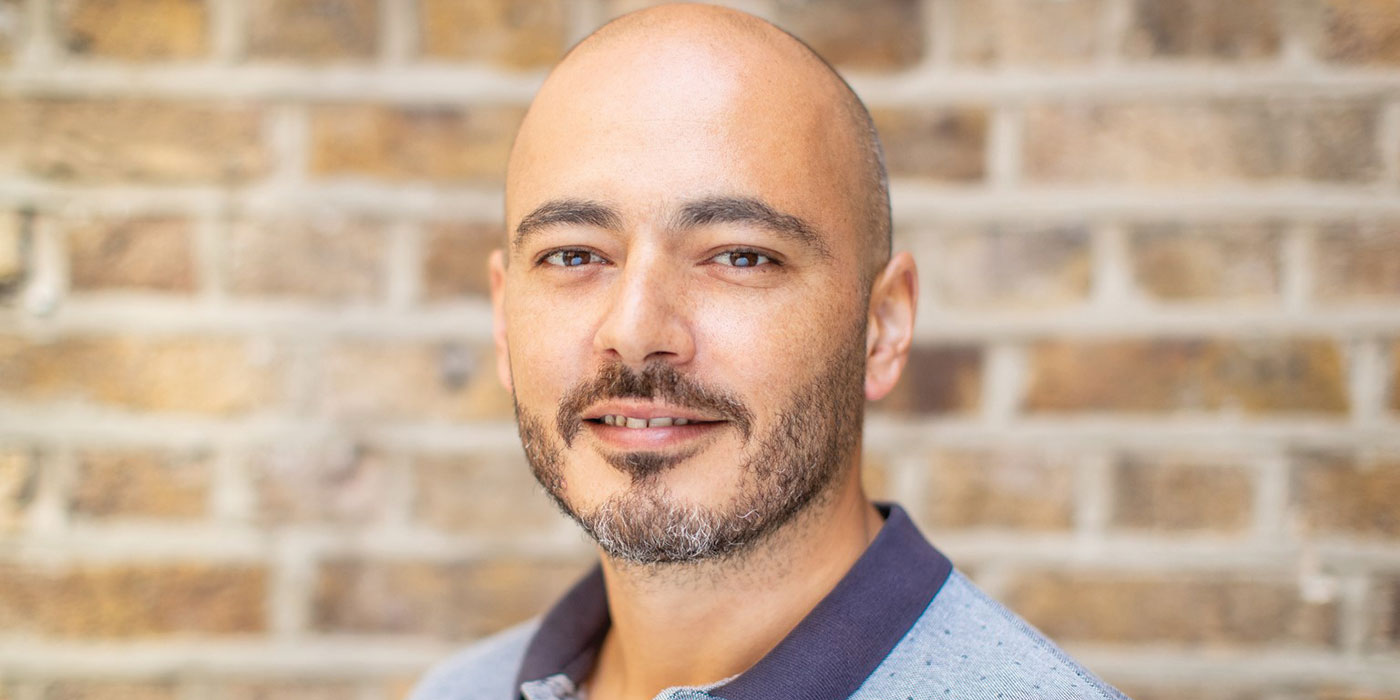
By Raouf Ketani, managing director, Adylic MENA
In some ways, dynamic creative optimisation (DCO) is nothing new. It is, after all, a decade-old technology that makes the data-driven personalisation of messages at scale possible. Its promise is that it can save advertising from avoidance through relevance.
For this to happen, marketers will have to avoid repeating the mistakes of DCO’s pioneers. Those in the travel and retail industries made full use of dynamic capabilities to retarget high-value and repeat customers with personalised messages based on their online behaviour. It quickly turned into online stalking, continuing even after a transaction, and people became aggravated. We’ve learned a few lessons from this early experience, but not all of them. Yet.
Today, most marketers and practitioners still primarily rely on it for bottom-of-the-funnel strategies. There is a good reason for this: changing creatives and leveraging assets from a product feed based on first-party data produces excellent conversions. The focus of digital marketing, thanks to programmatic technology, has largely been on short-term activations, short-lived campaigns designed to produce immediate results. It’s reached such an extent that there is now a growing concern that de-prioritising brand-building for short-term goals is bad for business in the long run.
There is growing evidence that an excessive focus on the bottom end of the funnel blunts the effectiveness of advertising and damages brand value. To achieve better results and protect their brands, marketers need to balance the short-term goals with long-term considerations, putting more emphasis on the top of the funnel.
Brand-building campaigns that cast the net wider have often appeared more wasteful, but DCO has a role to play here too. The technology has matured and is now capable of bringing in and following more valuable prospects through the entire sales funnel, communicating with them more saliently, starting at the top. Using second- and third-party audience as well as contextual data, the messaging evolves from ‘one-size-fits-all’ into a more relevant, more engaging and therefore more effective format. Just imagine what you can do with an emotive video, dynamically optimised in real-time. Once we have programmatic TV, radio and out-of-home in our region, the impact
of DCO on brands will be even more obvious.
This is the lesson that most digital marketers have yet to learn: you can harness DCO to improve your conversions even more if you deploy the technology higher up in the funnel. DCO at the top end tangibly improves awareness, consideration, brand metrics and, ultimately, conversions. There are modern solutions that adapt to all business verticals and, more importantly, all campaign KPIs, from higher clicks to lower cost per leads and acquisitions.
You can have too much of a good thing. Keep focusing on the bottom of the funnel and you risk neutering the goose that lays the golden egg. Instead, you could balance your DCO efforts
better and deliver not only improved results but also a stronger brand. How about that for a win-win situation?









